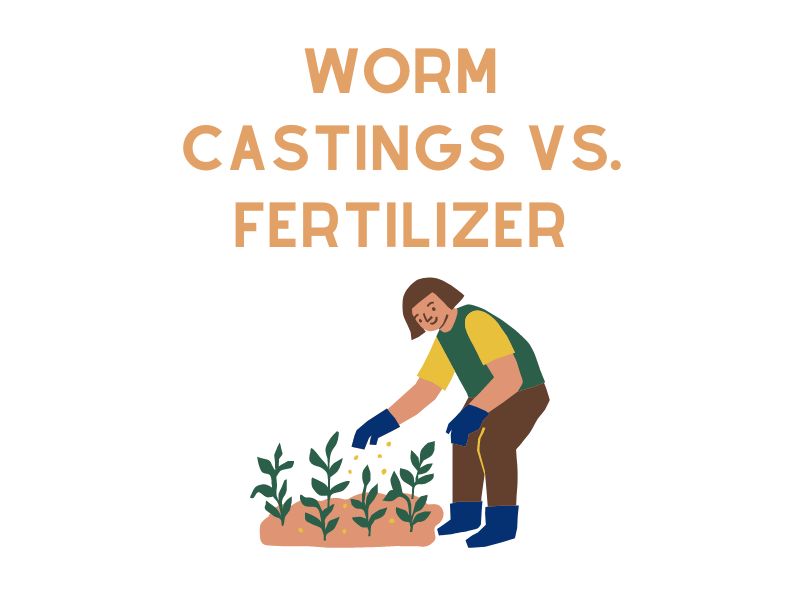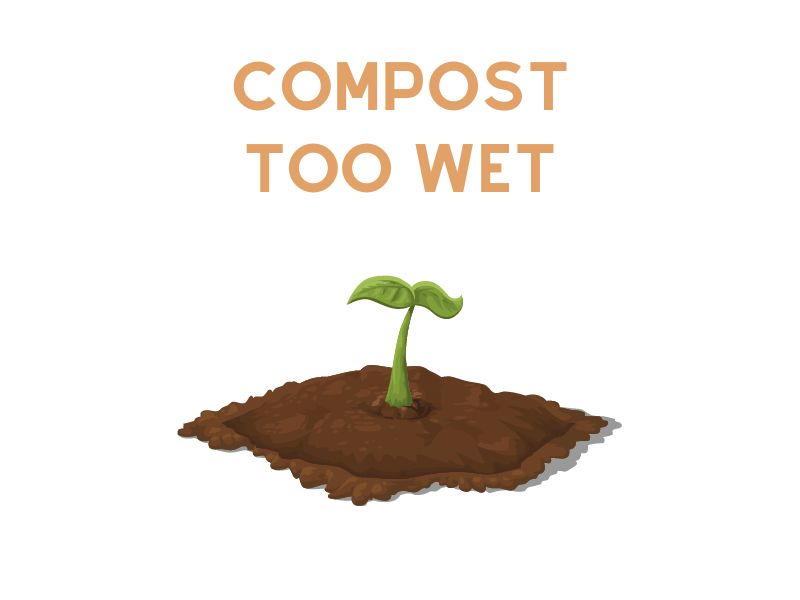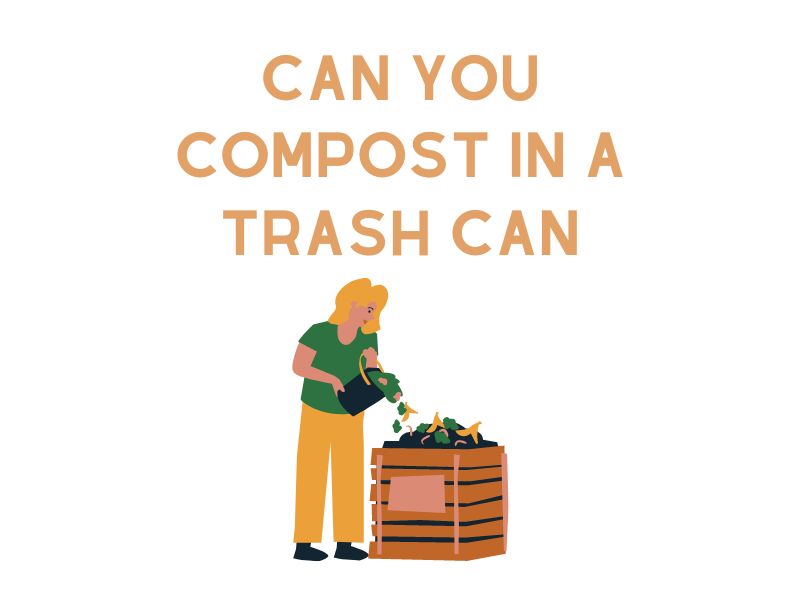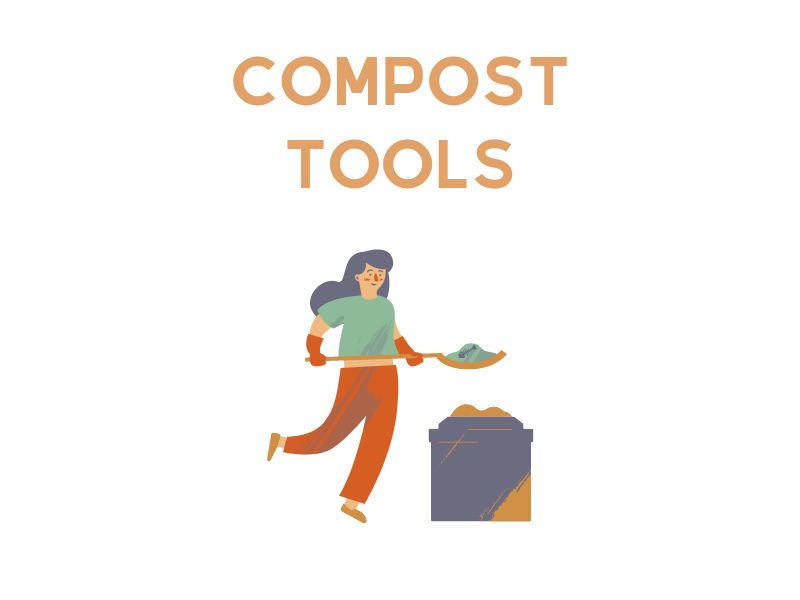The key to lush green lawns, bountiful crops, and vibrant gardens lies beneath the surface, in the complex world of the soil. This dynamic ecosystem, alive with microorganisms and teeming with nutrients, provides the lifeblood to the plants we cultivate. One critical factor that can make or break the success of your green endeavors is the choice of soil amendments. This article explores two widely recognized soil amendments in detail: worm castings and fertilizers.
By providing an exhaustive exploration of their composition, benefits, drawbacks, and usage, this article seeks to equip you with the knowledge to make an informed decision tailored to your gardening or agricultural needs. Whether you’re a seasoned farmer seeking to enhance your soil’s fertility, an environmentally-conscious gardener exploring sustainable practices, or a beginner venturing into the world of horticulture, this comparison of worm castings and fertilizers promises valuable insights.
Understanding Worm Castings
A. Definition and Process of Production
Worm castings, colloquially known as “black gold” among gardeners, are the organic matter that has been digested, processed, and excreted by earthworms. This natural process of vermiculture involves the feeding of organic waste materials to earthworms, particularly red wigglers or Eisenia fetida, and nightcrawlers or Lumbricus terrestris. As these worms consume organic waste, they excrete a nutrient-rich, soil-like material, the so-called worm castings, which are recognized for their exceptional fertility.
B. Nutrient Composition of Worm Castings
Pound for pound, worm castings are richer in nutrients compared to ordinary garden soil. They are packed with vital macro-nutrients such as nitrogen, phosphorus, and potassium. Additionally, worm castings are replete with micronutrients, including calcium, magnesium, and trace minerals. What sets worm castings apart, though, is the presence of beneficial microorganisms, enzymes, and growth-promoting hormones that contribute to the overall health and productivity of the soil ecosystem.
C. Benefits of Using Worm Castings
Worm castings offer a plethora of benefits to soil and plants. Being rich in organic matter, they improve the soil’s structure, promoting aeration, moisture retention, and drainage. These characteristics are essential for the development of healthy plant root systems.
Moreover, the slow-release nature of nutrients from worm castings ensures a steady nutrient supply to plants over an extended period. It reduces the risk of nutrient burn that can occur with some synthetic fertilizers.
The beneficial microbes in worm castings play a crucial role in suppressing plant diseases and pests. They also contribute to the decomposition of organic matter and the release of nutrients, thereby supporting the nutrient-cycling process within the soil.
D. Limitations of Worm Castings
Despite their numerous benefits, worm castings do have some limitations. For one, the process of vermicomposting requires time and a proper setup, making it a slower and sometimes more labor-intensive method of producing soil amendments. This factor can limit the availability and increase the cost of worm castings, especially for large-scale agricultural applications.
Furthermore, while worm castings offer a wide range of nutrients, they may not provide sufficient quantities of specific nutrients required by certain plants or in particular soil conditions. In such cases, supplemental fertilizers might be necessary to meet the plants’ nutritional needs.
Understanding Fertilizer
A. Definition and Process of Production
Fertilizers are substances added to soil or plants with the primary objective of supplementing nutrient deficiencies, enhancing growth, and increasing yield. The production process of fertilizers varies widely based on their type. Inorganic or synthetic fertilizers are industrially manufactured through various chemical processes, while organic fertilizers are derived from natural sources such as plant, animal, and mineral residues.
B. Types of Fertilizer: Organic vs. Inorganic
Organic fertilizers originate from living organisms or from the earth. They include compost, manure, bone meal, and seaweed extracts, among others. These fertilizers undergo decomposition by soil microorganisms to release nutrients, a process that can take some time but contributes to long-term soil health.
In contrast, inorganic fertilizers, also known as synthetic or commercial fertilizers, are manufactured chemically to deliver specific nutrients in a readily available form. Examples include Urea, Superphosphate, and Potassium Sulphate. These fertilizers are often labeled with N-P-K ratios, representing the proportion of Nitrogen, Phosphorous, and Potassium, respectively.
C. Nutrient Composition of Fertilizers
Fertilizers, particularly inorganic ones, can be custom formulated to contain precise amounts of the primary macronutrients (Nitrogen, Phosphorus, Potassium) as well as secondary and micronutrients such as Calcium, Magnesium, Iron, Manganese, etc. This ability to control the nutrient composition allows farmers and gardeners to cater to the specific nutritional requirements of their plants or compensate for nutrient deficiencies in their soil.
D. Benefits of Using Fertilizer
Fertilizers, whether organic or inorganic, provide numerous benefits. They supply essential nutrients that plants need to grow healthy, strong, and productive. Given their specific nutrient compositions, they offer an immediate solution to nutrient deficiencies, thus helping plants to achieve their full growth potential swiftly.
Fertilizers, particularly inorganic ones, can be conveniently applied in precise quantities and at controlled timings, allowing for efficient and targeted nutrient delivery. In terms of cost, fertilizers, especially inorganic ones, are generally more cost-effective and readily available than other soil amendments like worm castings.
E. Limitations of Fertilizer
Despite their numerous benefits, the use of fertilizers also has potential drawbacks. Over-reliance on especially synthetic fertilizers can lead to soil degradation over time by disrupting the natural soil microbiome, leading to reduced soil fertility in the long run.
Furthermore, the misuse or over-application of inorganic fertilizers can lead to nutrient runoff, which can contaminate nearby water sources and contribute to environmental problems like eutrophication. These fertilizers, while delivering immediate results, may also lack beneficial microorganisms and organic matter that contribute to long-term soil health.
Comparative Analysis: Worm Castings vs. Fertilizer
When juxtaposing worm castings and fertilizers, several crucial factors come to the fore, underlining their distinct attributes, benefits, and limitations.
Nutrient Availability
In terms of nutrient availability, fertilizers, particularly inorganic ones, are designed to offer immediate nourishment. They supply readily available nutrients that can address deficiencies swiftly and promote quick growth, thus making them suitable for large-scale agricultural practices where high productivity is sought.
On the other hand, worm castings follow a slow-release nutrient approach. The nutrient release occurs over time as the organic matter breaks down. This slow, steady nutrient supply reduces the risk of over-fertilization and provides a consistent feed for plants over an extended period, fostering their long-term health and sustainability.
Cost-Effectiveness
From a cost perspective, fertilizers, especially synthetic ones, are often more cost-effective upfront. They are mass-produced, widely available, and provide immediate nutritional benefits, making them a popular choice for many farmers and gardeners.
Worm castings, in contrast, can be more expensive due to their slower, more labor-intensive production process. However, considering their long-term benefits on soil health and structure, reduced risk of over-fertilization, and contribution to a sustainable gardening or farming model, they could represent a more cost-effective solution over time.
Impact on Soil Health
When it comes to the impact on soil health, worm castings take the lead. They enrich the soil with organic matter, improving soil structure, enhancing water retention and aeration, and fostering a vibrant community of beneficial microbes. This improved soil structure can significantly benefit the root development of plants, thereby supporting their overall health and resilience to diseases and pests.
On the other hand, the use of particularly synthetic fertilizers, while providing immediate nutrient benefits, can, over time, degrade the soil structure and disturb the natural balance of soil microorganisms. This potential drawback underlines the need for judicious and balanced fertilizer use.
Environmental Impact
The environmental implications of these two soil amendments are also significantly different. Worm castings are a form of recycling organic waste, reducing landfill, and contributing to a more sustainable and eco-friendly form of agriculture or gardening.
Conversely, the manufacturing process of synthetic fertilizers involves significant energy use and releases greenhouse gases. Also, improper use can lead to nutrient runoff, potentially contaminating water bodies and contributing to environmental problems like eutrophication.
In conclusion, the choice between worm castings and fertilizers is not a clear-cut decision but depends on several factors, including the specific needs of the plants, the existing soil conditions, cost considerations, and environmental impact.
Case Studies
Real-world case studies offer concrete insights into the practical application and benefits of both worm castings and fertilizers.
Worm Castings in Organic Farming
A small organic farm in Oregon implemented the use of worm castings as part of their soil amendment strategy for their diverse crop varieties, ranging from leafy greens to root vegetables. Over a three-year period, they reported a consistent increase in crop yield, improved soil structure, and enhanced resistance to common pests and diseases. Despite the initial cost investment, the farm highlighted the overall value of worm castings in promoting long-term soil health and sustainability.
Fertilizers in Large-Scale Farming
A large-scale corn farm in Iowa applied a targeted fertilizer strategy, utilizing a blend of inorganic fertilizers designed to match the specific nutrient needs of their corn crop. The farm experienced a significant increase in corn yield over the first year, demonstrating the immediate benefits of fertilizers. They, however, noted the need for careful management to prevent potential soil degradation and nutrient runoff.
Integration of Worm Castings and Fertilizers
An interesting study comes from a vineyard in California, which integrated both worm castings and fertilizers into its soil management plan. The vineyard used worm castings to improve soil structure and support long-term health, while also employing targeted fertilizer use during key growth stages for their grapevines. Over several years, they reported improved grape quality, healthier plants, and higher resistance to diseases, illustrating the potential benefits of an integrated soil amendment approach.
Expert Opinions and Advice
Expert views mirror the comparison highlighted. Soil scientists often tout the benefits of worm castings for long-term soil health, while recognizing the value of fertilizers for rapid nutrient delivery. Experienced farmers advise considering factors such as crop type, soil conditions, and environmental impact when deciding between worm castings and fertilizers.
Conclusion
The health and fertility of the soil are fundamental to the success of any gardening or farming endeavor. The choice of soil amendments, namely worm castings or fertilizers, can significantly impact this dynamic underground ecosystem and, by extension, the growth and yield of plants.
Worm castings, with their slow-release nutrient provision, enhancement of soil structure, support of beneficial microbial life, and environmentally friendly nature, represent a sustainable approach to soil management. They might be particularly advantageous for organic farming or gardening practices and for those seeking to enhance long-term soil health.
On the other hand, fertilizers, particularly synthetic ones, with their readily available nutrients, precision in application, and cost-effectiveness, provide a practical solution for rapid plant growth and immediate correction of nutrient deficiencies. They are often indispensable for large-scale farming where high productivity is required.
However, a balanced and sustainable approach might not necessarily involve choosing one over the other, but rather integrating both based on the specific needs of the plants, the existing soil conditions, and the desired outcomes. Case studies have shown the potential benefits of this integrated approach.
The ultimate aim should be to nurture a fertile soil ecosystem that can sustain healthy plant growth while respecting and preserving our environment. As such, an informed choice about soil amendments, guided by the knowledge of the characteristics, benefits, and limitations of worm castings and fertilizers, becomes a crucial step towards this goal.





